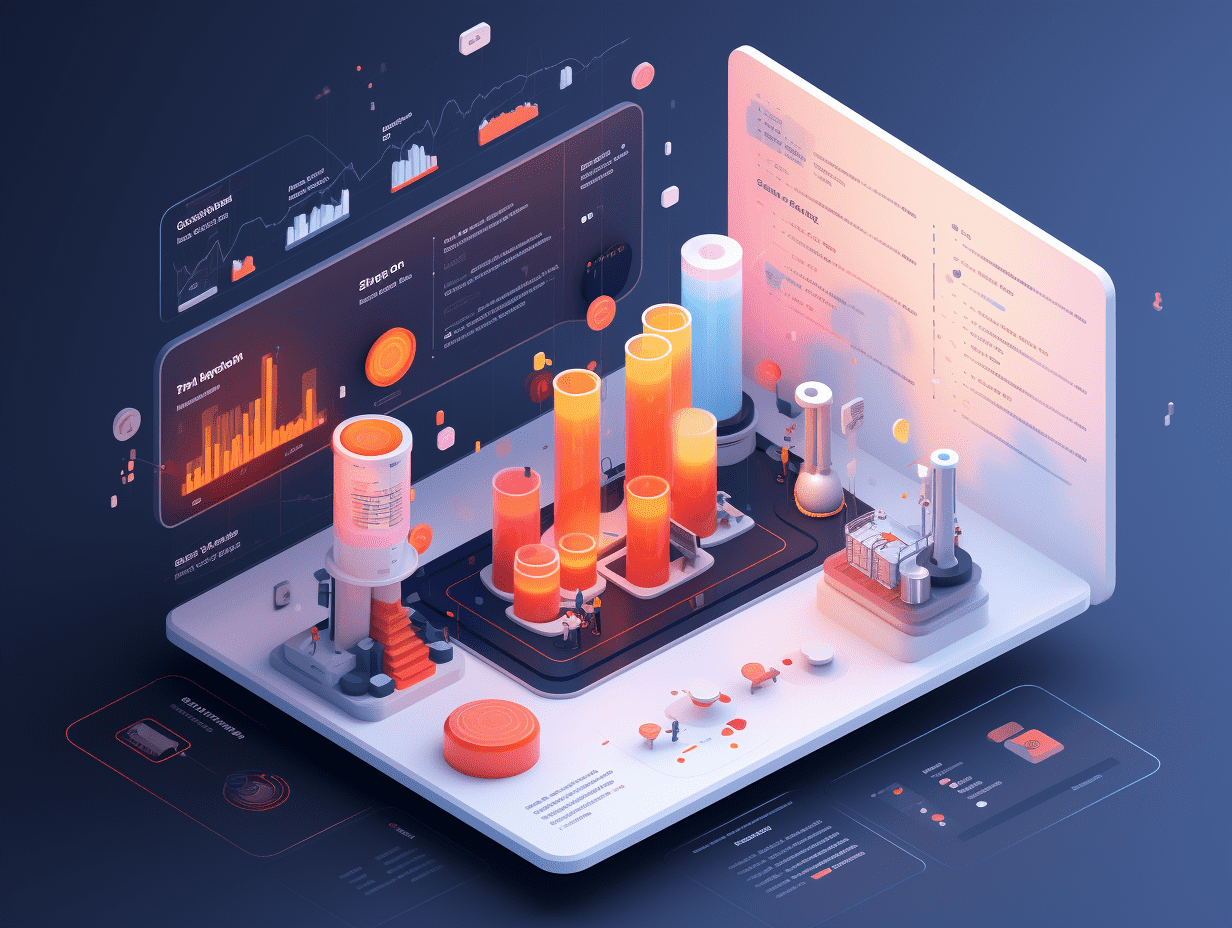Bull market faces test! The options market predicts that the U.S. stock market will welcome the most turbulent earnings season since 2022.
Option investors expect one of the most volatile earnings seasons for US stocks since 2022.
US stock investors are once again preparing for stock market volatility ahead of the upcoming earnings season. Data shows that the options market for S&P 500 index components indicates that stock prices are expected to fluctuate an average of 4.7% after company earnings announcements. This level of volatility is similar to what was seen in July. At that time, the expected price movement was the highest since the start of the 2022 earnings season, with JPMorgan Chase's earnings announcement date as the reference point.
The increase in options prices highlights the risks facing the US stock market bull market, especially after the sharp drop in the S&P 500 following Trump's threats to impose higher tariffs on China. Aside from uncertainty brought by Trump's economic policies and trade disputes to corporate earnings, the government shutdown in the US has raised ongoing concerns, and there is also a risk of a bubble in artificial intelligence stocks.
Mandy Xu, head of market intelligence at Cboe Global Markets Inc, said: "Stock prices already incorporate a lot of volatility factors. This rise is actually led by outperforming artificial intelligence and tech stocks, where issues regarding valuation and future earnings expectations are increasingly being raised. This earnings season will be crucial in determining whether this theme can continue to dominate."
Strategists at UBS Group AG stated that stock volatility after earnings reports peaked in the last quarter and has been rising in the US and Europe since then. Citigroup analysts pointed out that the correlation between stocks is very low, with actual and implied volatility levels being close to at least a decade low.
Vishal Vivek, stock and derivatives trading strategist at Bank of America Corp, wrote in an email: "The US government shutdown means we are in a situation where macro catalysts are missing, and position adjustments are also limited, at least in terms of individual stock options trading. All these factors suggest that we may have an interesting market in late October to early November." He mentioned that large company earnings reports, developer conferences, and the release of some economic reports were factors to watch.
Citi strategists stated in a report last week, "Investors still expect individual stock news to drive recent market volatility, but unlike the previous quarter, options prices have risen, indicating that investors are already anticipating this volatility."
Market observers pointed out that individual stock trends have a flatter slope compared to index trends, and traders are more inclined to chase individual companies' upward trends, especially those related to artificial intelligence.
One factor contributing to the small fluctuations in the index is low correlation. Individual stocks have higher volatility compared to the S&P 500 index, but their trends are different, which helps to suppress the index's volatility. However, due to the macro impact of Trump's tariff threats, some correlations may rise again.
This quarter, non-essential consumer goods, technology, and healthcare companies are expected to have the largest fluctuations. Data shows that the expected volatility in the non-essential consumer goods sector is the highest since 2020. For the materials industry, volatility is lower, but it is still at its highest level in three years.
Options traders have pushed up the implied volatility of S&P 500 index components, reflecting their focus on betting on the seven major tech giants' stocks amid concerns about artificial intelligence and large tech companies. Investors looking to build diversified portfolios may pay attention to stock movements after earnings reports, as implied volatility tends to decrease. In August, JPMorgan noted that this effect was particularly pronounced after the previous earnings season.
Alex Kosoglyadov, head of global stock derivatives business at Nomura Holdings, Inc. Sponsored ADR, stated that significant price fluctuations in stocks such as Oracle Corporation and AMD have prompted the options market to reevaluate the value of other individual stocks. He said, "In the stocks of some large companies, you see some very sharp fluctuations. This demonstrates the market's strong influence. People are actually not willing to short volatility - because if there is a surprise in terms of profitability, stock prices will see significant fluctuations."
Related Articles

Goldman Sachs: By 2026, American households will become the "strongest buyers" of US stocks, with net purchases potentially reaching $520 billion.

After being criticized for their "fantasy economics," the UK Reform Party quickly made a U-turn: abandoning their promise of a 90 billion pound tax cut.

"US junk bonds see the worst drop in six months, and sensitive investors are starting to recall 2007."
Goldman Sachs: By 2026, American households will become the "strongest buyers" of US stocks, with net purchases potentially reaching $520 billion.

After being criticized for their "fantasy economics," the UK Reform Party quickly made a U-turn: abandoning their promise of a 90 billion pound tax cut.

"US junk bonds see the worst drop in six months, and sensitive investors are starting to recall 2007."

RECOMMEND

Comprehensive Subsidy Phase-Out: Is China’s Auto Market Nervous Ahead of Golden Week?
30/09/2025

“A+H” Listing Momentum Continues as 20 A‑Share Companies Plan Hong Kong IPOs, PCB Leaders Dongshan Precision and Hoshine Among Them
30/09/2025

Copper Poised as the “New Oil” as Western Grids Lag Behind China, Goldman Sachs Warns
30/09/2025


